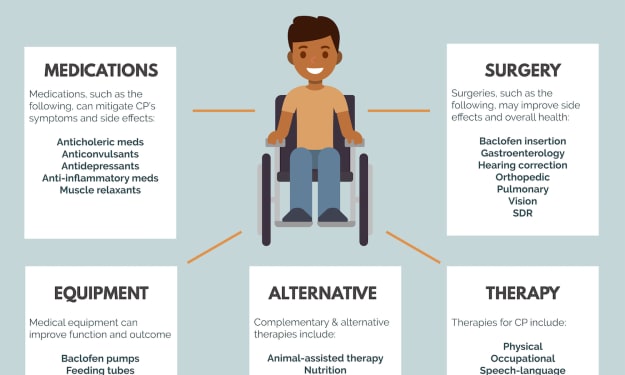Clubfoot In New Born Babies – Surgical Treatment
Clubfoot Is A Common Congenital Disability That Affects The Muscles, Bones, Tendons, And Tissues Of The Baby’s Leg.

Clubfoot is a common congenital disability that affects the muscles, bones, tendons, and tissues of the baby’s leg. Apart from the abnormality, the child is safe and healthy after birth. Clubfoot is a condition where the tissues connecting the muscle to the bones are usually shorter than the normal. However, it can happen to one out of 1,000 infants, affecting more to male children than the female.
Half of the children born with clubfoot have been observed with the deformity in both feet. Doctors prefer to treat clubfoot soon after the birth of a child so that he or she doesn’t have to face trouble walking in the future.
Here in this blog, we have discussed the prominent surgical methods for treating Clubfoot.
1. Achilles Tendon Lengthening
Achilles Tendon Lengthening is performed when a child’s affected foot doesn’t cooperate in stretching and growing as expected by a doctor. After applying the procedure, the child’s foot is allowed to move and stretch into the right position.
For the procedure, the child will be admitted to the hospital, and the process will be done under general anesthesia. The surgeon will try to make access through the Achilles tendon while making a small incision at the back of the foot. After that, the tendon will be gently stretched and cut, to lengthen and move it into the correct position. The incision will be closed through dissolvable stitches. It’s an outpatient surgery, and a child can return home in a day, some doctors recommend acetaminophen to ease out from the discomfort after the surgery.
A cast is applied to cover the child’s affected foot for weeks until the Achilles tendon has healed. You might have to visit the doctor in between the period to check the progress. Once the cast is removed, another type of walking cast will be applied for two weeks that will support the child while performing small activities.
As soon as doctors see progress, braces will be recommended to the child to wear for a specific period (according to the condition) under the expert's supervision.
2. Tendon Transfer Surgery
Tendon Transfer Surgery is performed on those children who have suffered from the relapse of Clubfoot after treating with the Ponseti method. The affected leg might not have stretched enough before, to allow for a complete repositioning of the foot. In this condition, the tendon from one side of the foot is transferred to the other to give more flexibility and motion in a child’s leg.
In Tendon Transfer Surgery, the surgeon will make an incision to reach the anterior tibialis tendon, which is located at the inner arch of the foot. This tendon is cut and moved to the other side of the foot and reattached to the bones using a surgical button. However, this surgery is quite complicated and takes around 90 minutes. As a result, the foot is resistant to turn inward in the future. The incision will be closed using dissolvable stitches.
A toe-to-thigh cast will be applied for at least 6 weeks, to heal the tendon within its new position. A little surgery will be performed to remove the button, holding a tendon after the cast is removed. The doctor will recommend wearing a brace for 24 hours for approx. 6 months to a year as per the progress of a child’s foot. It will help the child to support and allow full mobility in the corrected position. You have to visit within 2 to 3 months for adjusting the braces or check the growth of bones and muscles. Once the tendon is healed, the child can wear sports shoes and perform regular activities like others.
3. Surgical Procedures for Adult Children
If a child has any other medical condition such as spina bifida or arthrogryposis that leads to building future musculoskeletal problems in the adult age, then the doctors will recommend having a reconstructive surgical method to correct the position of relapsed clubfoot.
Reconstructive surgery is performed after evaluating the anatomy of the foot and the medical history of the child. Osteotomy is one of the methods that allow surgeons to reposition or reshape a tendon in the foot to improve the alignment of the leg. After the procedure is complicated, external fixation (braces) will be applied to the feet and adjusted on a daily basis on repositioning the foot.
Reconstructive surgery requires the patient to stay for one or two days in the hospital to monitor the recovery. Meanwhile, parents receive a customized recovery plan that includes physical therapy, diet options, and instructions to maintain braces based on the condition, age, and health of the child.
About the Creator
rajesh sharma
I am a writer who writes informative articles, creative writing website for teens, and as a book reviewer of children’s and young adult novels. I have published my own books as well.





Comments
There are no comments for this story
Be the first to respond and start the conversation.